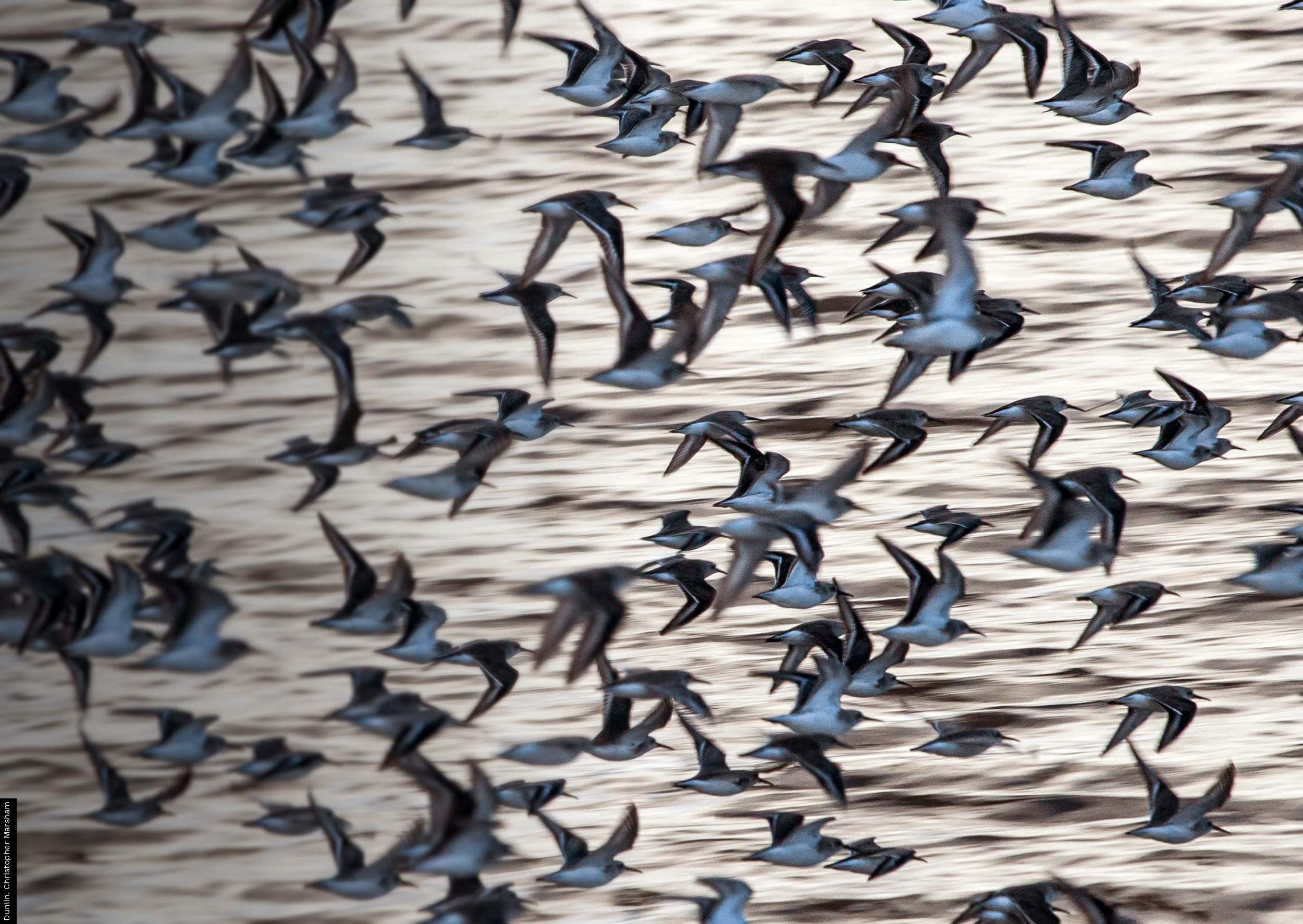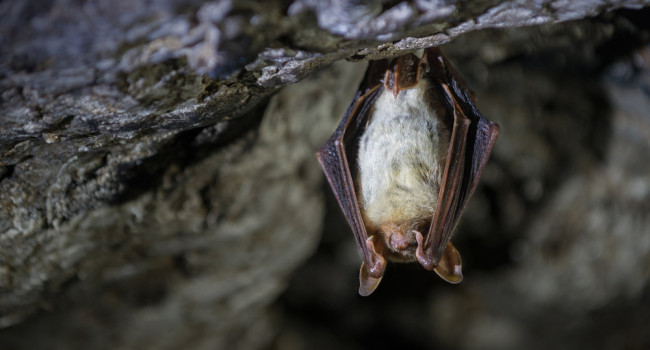Evidence suggests that protected areas should be extended.
04 Jan 2024 | No. 2024-01
A new study, involving BTO and the Wash Wader Research Group, has highlighted the importance of agricultural fields adjacent to The Wash for wintering Curlews. These sites, which fall outside of the current protected areas, were particularly important for the shorter-billed males. With pressures on land around The Wash for development, the current lack of conservation protection on these sites is a concern.
Ongoing declines have been reported for many of our wader species, and there is an urgent need to both understand the reasons for these declines and assess the effectiveness of any associated conservation action.
Intertidal habitats are often well-used by waders outside the breeding season, but some species also make use of other adjacent habitats during this period, including agricultural fields. Understanding the importance of these non-tidal habitats for waders is crucial, especially as such land is rarely included within the protected areas designated for these species. A new study, just published in the journal Wader Study, highlights the importance of agricultural land adjacent to The Wash in eastern England, for wintering Curlews. The Curlew has been described as our highest conservation priority and is a Red-listed species of conservation concern because of its rapidly declining numbers.
Information on the winter-feeding distribution of Curlews was collated from resightings of individually colour-marked birds, caught and ringed at sites around The Wash by the Wash Wader Research Group. The sex of individual birds was determined from measurements taken in the field, and this provided an opportunity to establish if males and females differed in their use of the available habitats.
Colour-marked Curlews were regularly observed feeding on agricultural fields adjacent to The Wash. Importantly, those Curlews seen feeding in fields were significantly more likely to be male and those on the estuary more likely to be female. Although there is a small degree of overlap, female Curlews have longer bills than males. The difference in habitat use evident in the resighting data probably reflects the fact that the longer-billed females can access more intertidal worms and are more efficient feeders when probing. Shorter-billed individuals may be better suited to feeding in the denser substrate typical of agricultural fields, and they may also struggle to find sufficient prey when using intertidal areas.
Rob Robinson, BTO Associate Director and one of the authors of the study, said "That inland fields are used by increasing numbers of Curlews, particularly males, through the winter months has implications for existing conservation approaches. The Wash is protected by various national and international designations, but these relate primarily to the intertidal habitats; the inland fields are not protected and are subject to pressure on land for development. Should these inland feeding sites be lost this is likely to affect males (particularly those with the shortest bills) disproportionately, which may have implications for the wider Curlew population."
Jacquie Clark, Wash Wader Research Group and one of the authors of the study, said "The study’s findings, that fields adjacent to The Wash are important to wintering Curlews, suggests that serious consideration should be given to extending the area around The Wash receiving protection. Without this, there is a risk that these important sites will be lost to development, to the detriment of a species whose populations are already under significant pressure."
Notes for editors
BTO is the UK's leading bird research charity. A growing membership and up to 60,000 volunteer birdwatchers contribute to BTO's surveys, collecting information that underpins conservation action in the UK. BTO maintains a staff of 100 at its offices in Thetford, Stirling, Bangor (Wales) and Belfast (Northern Ireland), who analyse and publicise the results of surveys and projects. BTO's work is funded by BTO supporters, government, trusts, industry and conservation organisations. www.bto.org
The Wash Wader Research Group is a group of volunteer bird ringers dedicated to studying the wading birds that live in, or pass through, The Wash on the east coast of England. The WWRG undertakes fieldwork approximately once a month, mainly at weekends, but with longer trips during the main migratory period in the summer and early autumn. Members of WWRG live across Britain & Ireland, and even further afield, and the Group welcomes volunteer ringers from home and abroad who are interested in taking part in the fieldwork. www.wwrg.org.uk
The Curlew has always been scarce as a breeding species in lowland landscapes and but has strongholds in the uplands of England, Scotland and Wales. The bird's evocative bubbling call, echoing above the heather moorlands and upland-edge grazing, is a well-loved feature indicating the health of these important habitats. Survey data have documented the decline in breeding Curlew populations across Britain & Ireland, prompting research and conservation efforts to support the species. In winter the population moves to the coasts and its adjacent farmland, where it is joined by large numbers of migrants from Fennoscandia. The Wetland Bird Survey records the two most important sites for Curlew as The Wash and Morecambe Bay, demonstrating its wide winter distribution.
The paper was published in Wader Study, details for which are: Pell, R.J., Clark, J.A. & Robinson, R.A. (2023). Contrasting habitat use between and within Bar-tailed Godwit and Curlew wintering on the Wash, England. Wader Study 130 (3). A copy of the paper for media use can be requested from press@bto.org.






Share this page